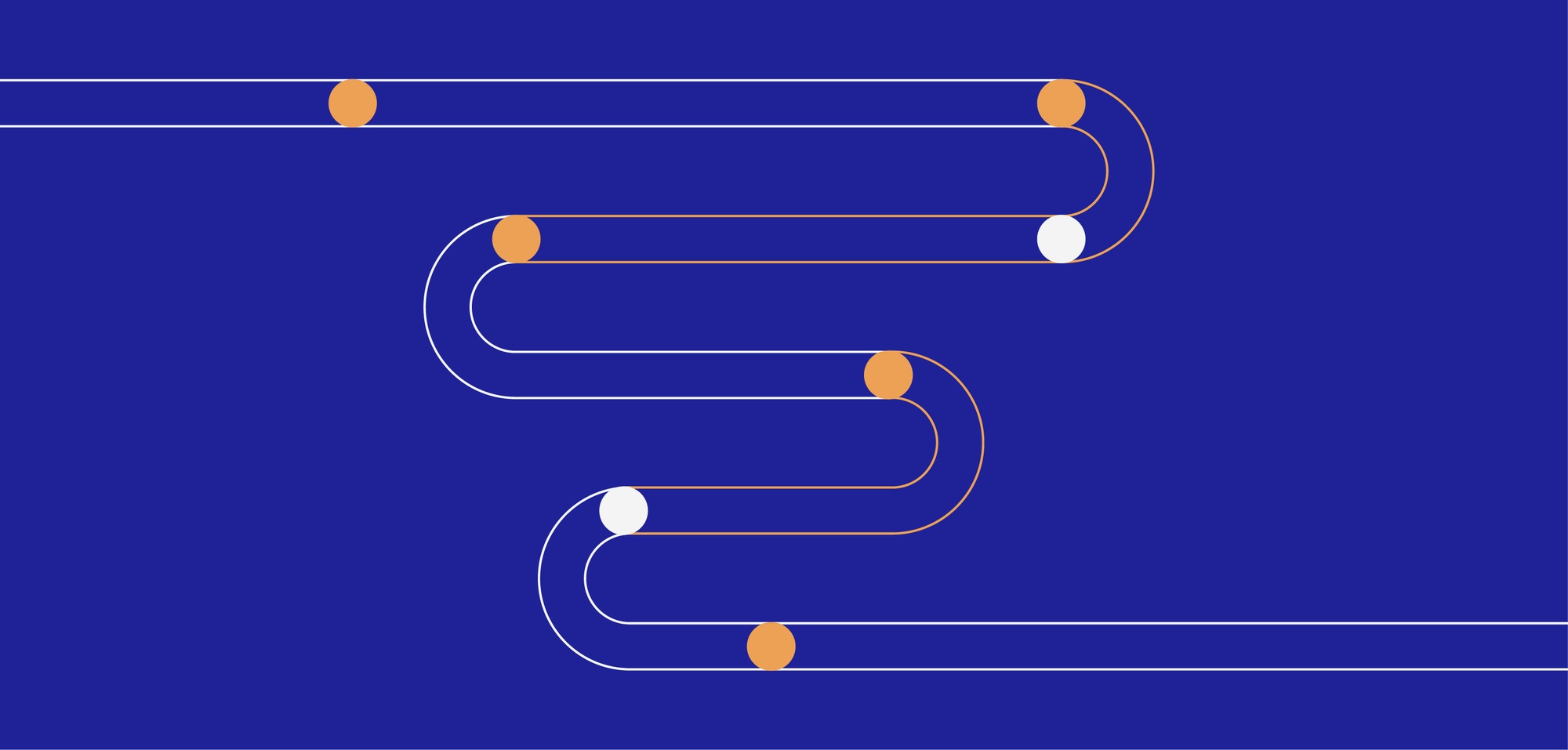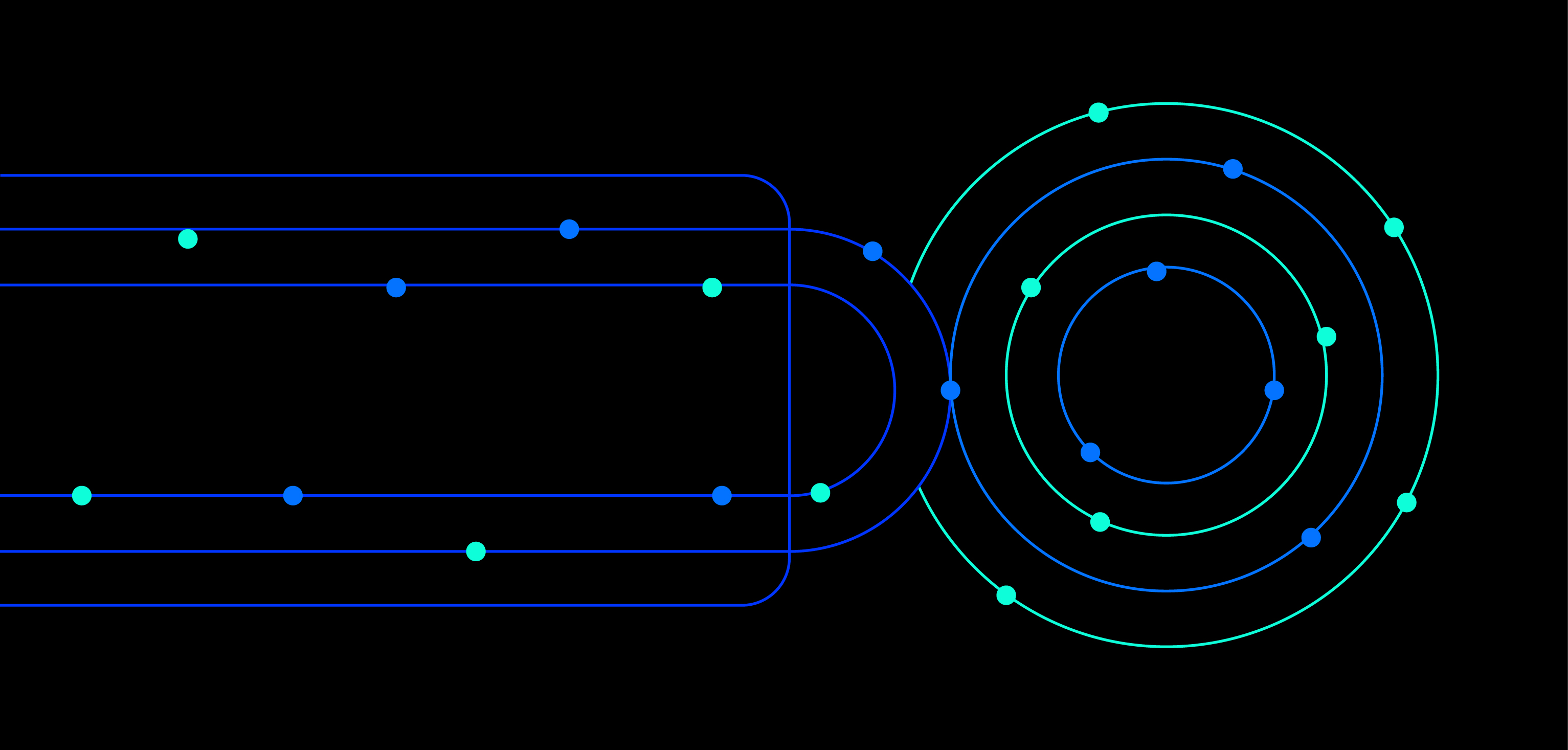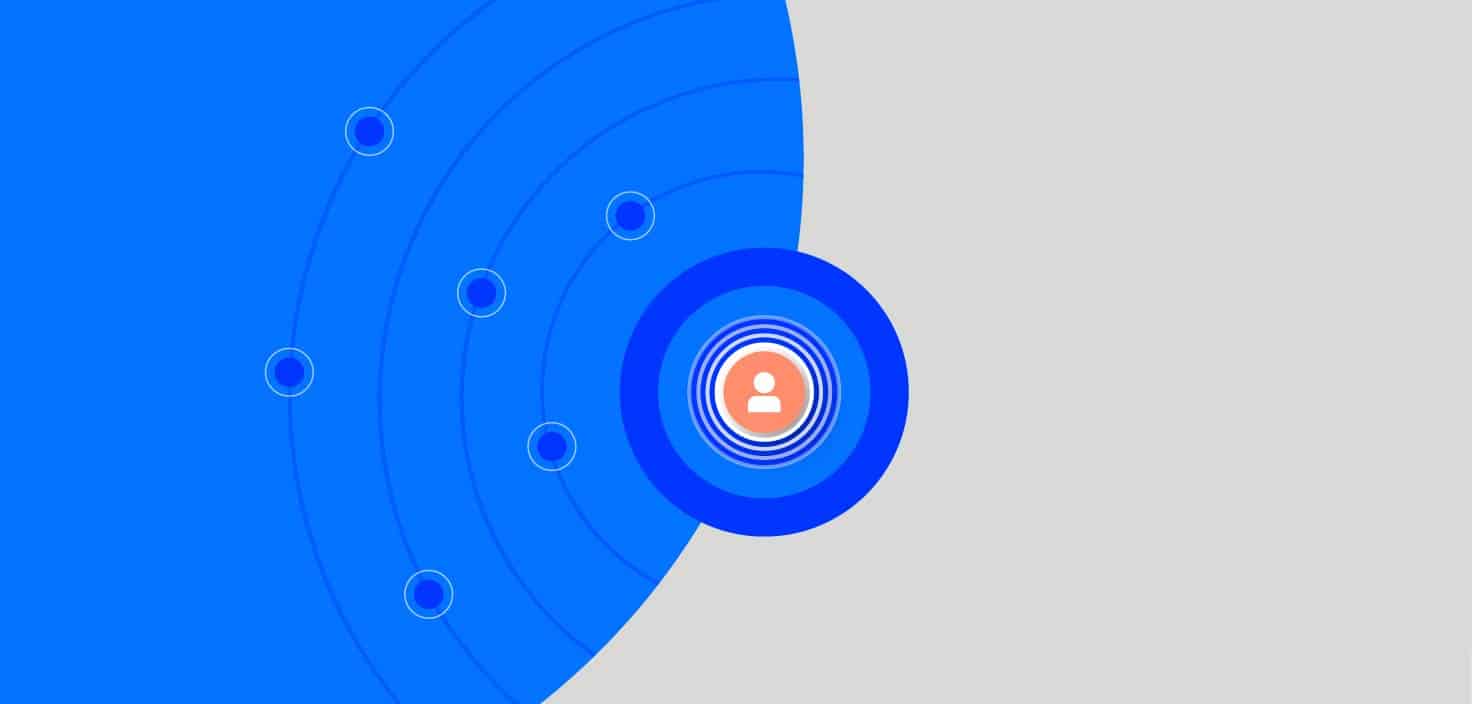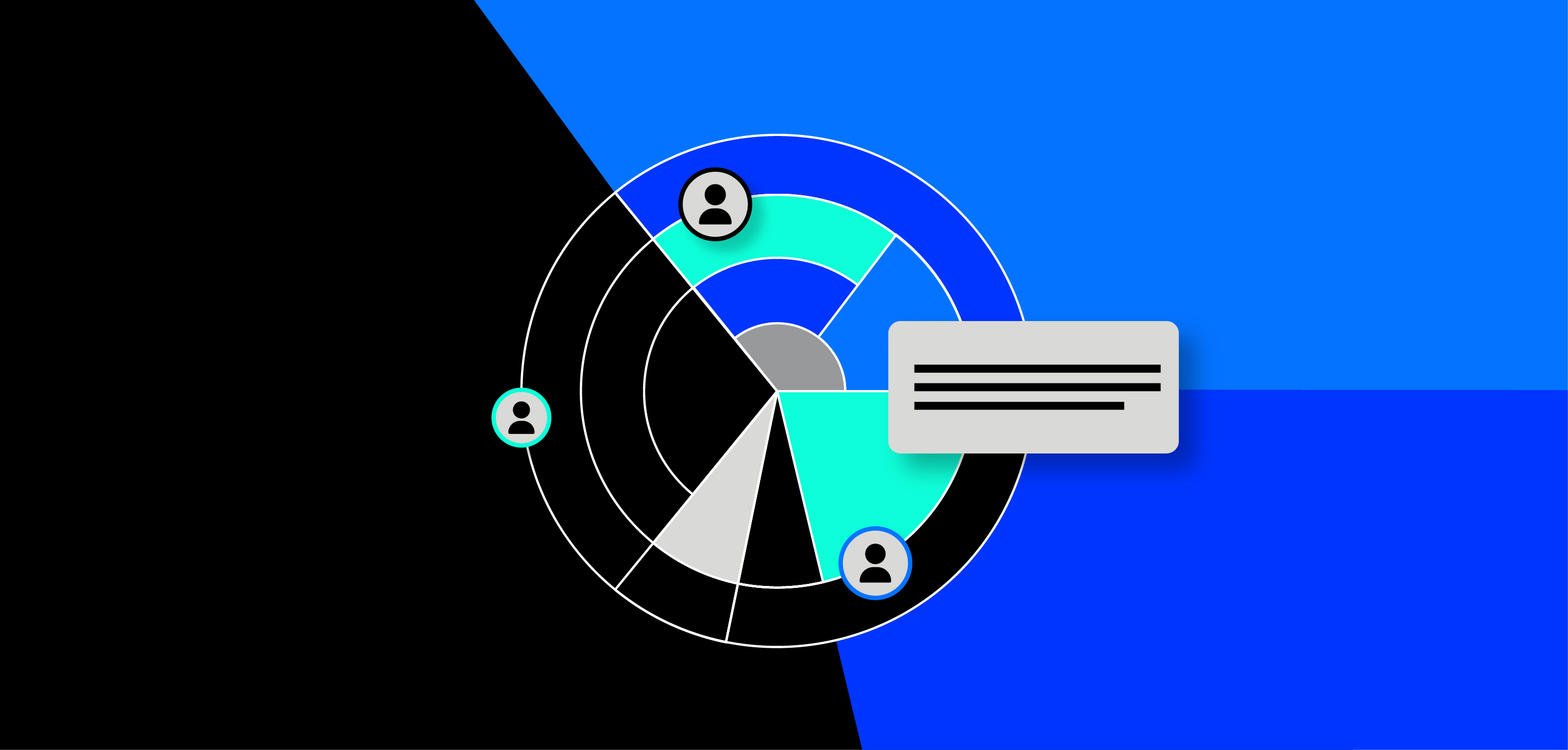Driving Growth Through Customer Loyalty
- Reading Time: 9 minutes
What is Customer Loyalty?
Customer loyalty is vital for businesses as it reflects customers’ trust, satisfaction, and commitment to a brand. Loyal customers repeatedly choose a specific company, make repeat purchases, and prefer the brand over competitors.
Positive experiences, brand reputation, and customer service play key roles in building customer loyalty. Brand loyal customers go beyond repeat purchases to form emotional connections with the brand’s values. In this article, we will discuss the importance of customer loyalty, its impact on business growth, and how technology and analytics can enhance loyalty programs.
The Importance of Customer Loyalty in Today's Business Landscape
In today’s highly competitive business environment, cultivating customer loyalty is important for sustained success, as it directly impacts the customer retention rate—a key metric for measuring loyalty. Higher retention rates lead to lower churn rates and a more stable revenue stream. Loyal customers are valuable as they are likely to continue doing business, increasing their lifetime value.
Satisfied customers often become repeat clients, refer others, and leave positive reviews. This enhances the brand’s reputation, attracts new customers, and drives growth. Loyal customers are forgiving of mistakes, helping maintain satisfaction.
Additionally, loyal customers are receptive to new products or services, making them ideal for upselling and cross-selling efforts. By prioritizing customer loyalty, businesses can boost growth, increase customer lifetime value, and gain a competitive edge in the market.
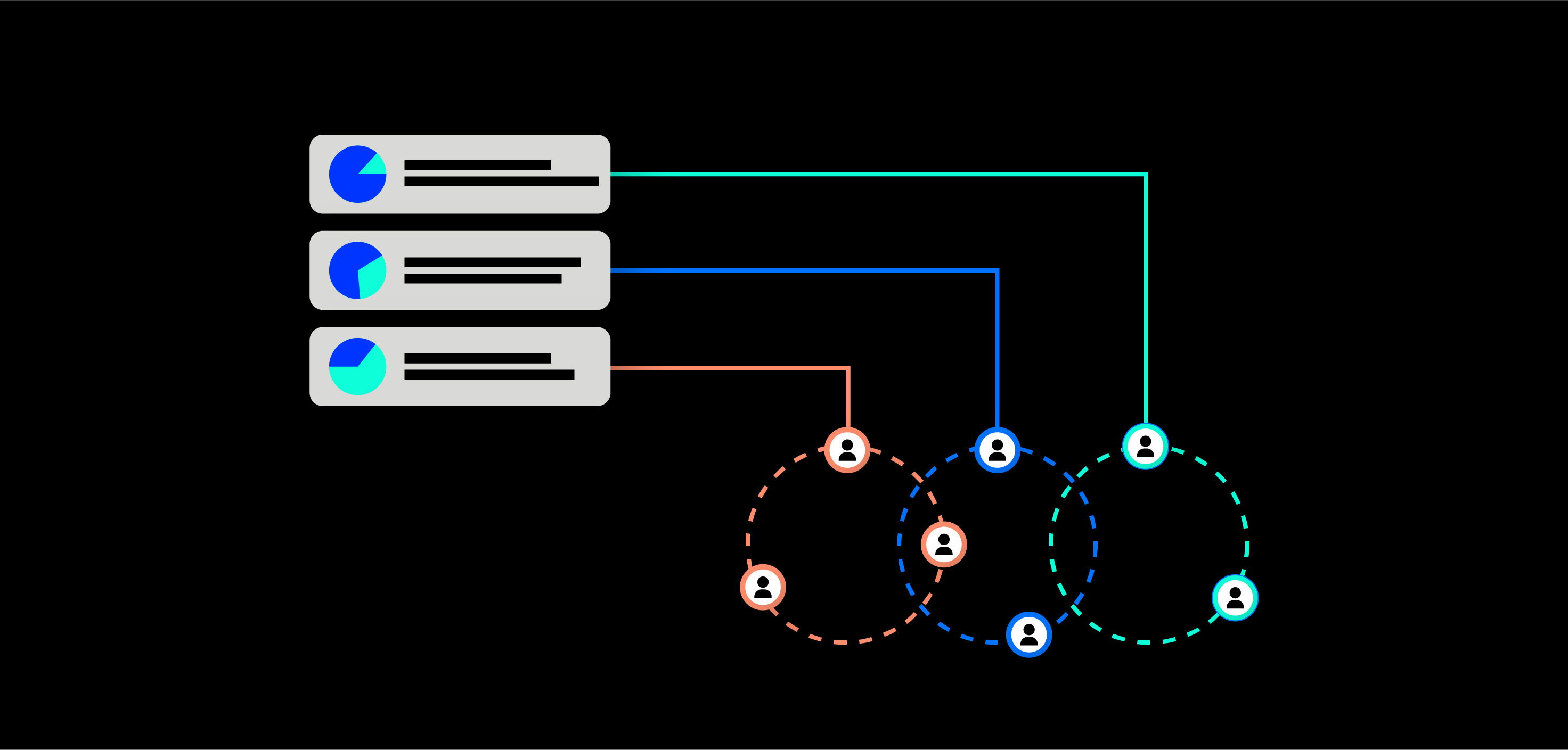
Technology's Influence on Modern Customer Loyalty
In the age of technology, digital platforms and tools have significantly influenced customer loyalty. Various technological advancements have provided businesses with innovative ways to engage and retain customers.
Mobile apps have become a popular tool for enhancing customer loyalty. They offer convenience, personalized experiences, and easy access to loyalty programs and rewards. Businesses can engage with customers on the go, send notifications, and gather valuable data for analysis. Digital analytics tools integrated within mobile apps allow businesses to track and analyze customer behavior in real time. This data provides insights into customers’ past and present behavior patterns, enabling businesses to make informed decisions about how to best engage their audience. By understanding which features are most popular, what times of day users are most active, and other key metrics, businesses can optimize their apps to better meet customer needs and preferences.
Businesses have widely adopted loyalty points systems, allowing customers to accumulate points or rewards for their purchases. Customers can redeem these points for discounts, free products, or other exclusive benefits, rewarding loyalty.
CRM (Customer Relationship Management) systems help businesses manage customer interactions, collect, and analyze customer data, and provide personalized experiences. By leveraging CRM systems, businesses can better understand customer needs, preferences, and behaviors, enabling them to tailor their offerings and communication to drive loyalty. One of the most effective applications of CRM data is the integration of in-app loyalty programs. These programs enhance customer loyalty and drive repeat business by providing a convenient platform for managing rewards and benefits. They track points, offer digital punch cards, and provide personalized recommendations based on purchase history. These programs engage customers, encouraging repeat purchases and fostering brand loyalty, ultimately contributing to business growth.
Sign up to drive your business with the power of data
Understanding Customer Analytics to Enhance Loyalty Programs
Customer analytics encompasses the collection and analysis of data points related to customer behavior, purchase patterns, engagement, and loyalty metrics. This data can be used to measure and track key performance indicators such as customer retention rate, repeat purchase rate, and customer satisfaction score.
Analyzing customer data helps businesses identify patterns, trends, and opportunities for improvement. By examining customer pain points, needs, interests, and behaviors—such as app usage, entry times, and transaction types—businesses can understand customer preferences and tailor loyalty programs to meet their needs effectively. This comprehensive approach leads to increased customer loyalty and satisfaction.
What is Customer Loyalty Analytics?
Customer loyalty analytics involves collecting and analyzing data on customer behavior, preferences, and loyalty to gain insights. By tracking key indicators like demographics, purchase history, engagement metrics, and feedback, businesses can understand loyalty patterns.
Metrics such as customer retention rate, repeat purchases, satisfaction score, and Net Promoter Score are essential in analyzing customer loyalty. These metrics help evaluate the effectiveness of loyalty programs.
Why is Customer Loyalty Analytics Important?
Customer loyalty analytics is important for businesses to measure, track, and optimize customer loyalty. This impacts customer retention rate and lifetime value significantly.
Retention rate measures the percentage of retained customers over a specific period. Analyzing loyalty data helps identify factors affecting retention and improve rates.
Customer lifetime value (CLV) quantifies a customer’s total value to a business. Understanding CLV aids in identifying high-value customers and developing tailored retention strategies.
For more insights on how to increase customer lifetime value, check out this comprehensive guide on the Dataroid blog here.
Customer Loyalty Analytics vs. Retention Analytics
While customer loyalty analytics and retention analytics are closely related, they focus on different aspects of customer loyalty and retention.
Retention analytics primarily measures and analyzes the retention rate, which is the percentage of customers a business can retain over a specific period. Retention analytics helps businesses understand the effectiveness of their retention strategies and identify factors that contribute to customer churn or retention. On the other hand loyalty analytics measures the depth and strength of customer loyalty, assessing factors such as customer lifetime value, frequency of purchases, customer engagement, and overall satisfaction. This helps businesses gauge the effectiveness of their loyalty programs and understand the drivers behind long-term customer commitment and advocacy.
How to Increase Retention Using Customer Loyalty Analytics
- Utilize customer loyalty analytics to identify trends, preferences, and behavior patterns.
- Tailor personalized offers, targeted campaigns, and real-time feedback to enhance customer engagement.
- Use predictive analytics to aid in retaining customers by understanding their needs effectively.
Analyzing Purchase History for Personalized Offers
By analyzing purchase history data, businesses can identify cross-selling and upselling opportunities. For example, if a customer has purchased a certain product, the business can offer complementary products or accessories that enhance the customer’s experience.
Personalized offers based on purchase history not only increase the chances of a customer making a repeat purchase but also enhance customer satisfaction. When customers receive offers that align with their previous purchases, they feel understood and valued by the brand.
Analyzing purchase history data helps businesses identify cross-selling and up-selling opportunities, enhancing customer satisfaction and driving repeat purchases. By recognizing seasonal and periodic trends, companies can time their promotions effectively. Event-based offers, like birthday or purchase milestone rewards, make customers feel valued. Payment behavior analysis can suggest automatic payments or send timely reminders to boost sales. Segmenting high-value and dormant customers allows targeted re-engagement strategies. Additionally, collecting post-purchase feedback and offering customized recommendations based on past purchases ensures a personalized shopping experience, fostering long-term loyalty and deeper customer connections.
Predictive Analytics for Customer Retention
Predictive analytics uses statistical models and machine learning algorithms to analyze historical customer data and make predictions about future behavior. For example, businesses can identify patterns that indicate a customer is likely to churn and take proactive steps to prevent it, such as offering personalized incentives or reaching out with targeted retention campaigns.and take proactive steps to prevent it, such as offering personalized incentives or reaching out with targeted retention campaigns.
By using predictive analytics, businesses can also identify customers with high potential for long-term loyalty and develop strategies to enhance their customer lifetime value. This can include personalized offers, loyalty programs, and proactive customer support.
Overall, predictive analytics enables businesses to be proactive in their customer retention efforts, identifying potential churn risks, and implementing effective retention strategies to foster loyalty and drive long-term growth.
Segmenting Customers Using Analytics for Targeted Campaigns
In the digital era, understanding digital behaviors is crucial for effective segmentation. These behaviors include browsing history, social media interactions, email engagement, mobile app usage, and online purchase patterns. Analyzing these activities allows businesses to tailor their marketing strategies to meet the specific needs of different segments, delivering relevant and timely messages that foster stronger customer relationships and drive growth.
Customer segmentation involves dividing the customer base into groups based on shared characteristics, such as demographics, digital behaviors, purchasing behaviors, or preferences. By segmenting customers, businesses can create targeted marketing campaigns that resonate with each segment, increasing engagement and loyalty.
Segmentation allows businesses to deliver personalized experiences and offers to different customer groups, enhancing customer satisfaction and driving repeat purchases. It also enables businesses to allocate resources effectively, focusing on segments with the highest potential for growth and loyalty.
Real-time Analytics for Immediate Customer Feedback
Real-time analytics allows businesses to gather immediate customer feedback and respond promptly, enhancing customer experience and driving loyalty. This technology enables monitoring of interactions, tracking sentiment, and identifying issues or opportunities instantly.
Key components include identifying feedback touchpoints such as post-transaction surveys, error tracking, and button interaction analysis. Implementing real-time feedback collection through pop-ups, chatbots, or follow-up emails at key customer journey points ensures prompt data analysis and action. Establishing continuous feedback loops and regularly updating customers on improvements reinforces their importance in the process.
Leveraging real-time analytics enables businesses to proactively address customer needs, show that their opinions matter, and foster a culture of continuous improvement, ultimately driving satisfaction and loyalty.
How to Measure Customer Loyalty
Measuring customer loyalty is crucial for businesses to understand the effectiveness of their loyalty programs and initiatives. Several key metrics can be used to measure customer loyalty.
- Customer Retention Rate: This metric measures the percentage of customers who continue to do business with a company over a specific period. A higher customer retention rate indicates stronger customer loyalty.
- Net Promoter Score (NPS): NPS measures customer loyalty by asking customers how likely they are to recommend a product or service. It provides insights into customer sentiment and loyalty.
- Customer Satisfaction Score (CSAT): CSAT measures customer satisfaction with a specific interaction or experience. It provides a quantifiable measure of customer loyalty and satisfaction.
By regularly measuring and tracking these loyalty metrics, businesses can gain insights into customer loyalty, identify areas for improvement, and make data-driven decisions to enhance customer retention and drive growth.
Key Takeaways
Customer loyalty is an important component for businesses striving for growth, as it can result in improved retention rates, increased repeat purchases, and enhanced brand advocacy. To gauge the level of customer loyalty, various key metrics can be utilized. These include the customer retention rate, customer satisfaction score, customer effort score, customer lifetime value, customer loyalty index, and active engagement rate. Dataroid provides lossless access to end-users’ instant and historical behavioral data, enabling comprehensive and detailed analyses. This granular data can be leveraged for various outputs, allowing businesses to take instant action and make data-driven decisions to enhance customer loyalty and engagement.
By examining and enhancing these customer loyalty metrics, businesses can gain valuable strategic insights that aid in making well-informed decisions related to customer acquisition, retention strategies, and overall growth initiatives. This data-driven approach ensures that businesses are equipped to meet the evolving needs and expectations of their customer base effectively.
Frequently Asked Questions
Can a one-time customer be considered loyal?
No, a one-time customer cannot be considered loyal. Loyal customers are those who consistently choose a brand over its competitors and make repeat purchases. One-time customers may have had a positive experience, but loyalty is built over time through consistent repeat business.
Does price always impact customer loyalty?
Price can impact customer loyalty, but it is not the sole determinant. Customers may be willing to pay a higher price for a product or service if they perceive it to provide greater value or meet their specific needs. Customer loyalty is influenced by various factors, including product quality, customer service, and overall brand experience.
What is the share of wallet (SOW)?
Share of wallet (SOW) refers to the percentage of a customer’s total spending within a particular category that is allocated to a specific brand. It measures the customer’s loyalty and investment in a brand relative to its competitors. Businesses can increase their share of wallet by offering unique value propositions, personalized experiences, and effective loyalty programs.
How to use customer analytics to analyze new vs returning customers?
Customer analytics can help businesses analyze the behavior and preferences of both new and returning customers. By tracking and analyzing data such as purchase history, browsing patterns, and demographic information, businesses can gain insights into customer segments, identify trends, and tailor their marketing strategies to target specific customer groups.
How do real-time analytics benefit customer loyalty programs?
Real-time analytics provide immediate insights into customer behavior, allowing businesses to quickly identify and respond to customer needs and preferences. This can benefit customer loyalty programs by enabling businesses to personalize offers, reward customers in real-time, and provide a seamless and engaging customer experience.
Can customer loyalty analytics help in recovering lost customers?
Yes, customer loyalty analytics can help in recovering lost customers. By analyzing customer data and identifying patterns of customer churn, businesses can develop targeted re-engagement strategies, such as personalized offers, win-back campaigns, and proactive customer service, to regain the trust and loyalty of lost customers.
Is investing in customer loyalty analytics expensive for small businesses?
Investing in customer loyalty analytics does not have to be expensive for small businesses. There are cost-effective solutions available, such as customer relationship management (CRM) systems and analytics tools, that can help small businesses track and analyze customer data to improve loyalty and drive growth. These solutions can be tailored to the specific needs and budget of small businesses.
YOU MAY ALSO LIKE
User Path Analysis: How to Understand and Improve Your Customer Journey
What is User Segmentation? A Complete Guide to Targeting Your Audience
Top 6 Strategies for Increasing Customer Loyalty
How to Perform Customer Behavioral Segmentation in 5 Steps
The Importance of Event Tracking in Banking
Drive your digital growth
Schedule a demo today to learn more on how we can help you unleash the potential of digital using Dataroid.
